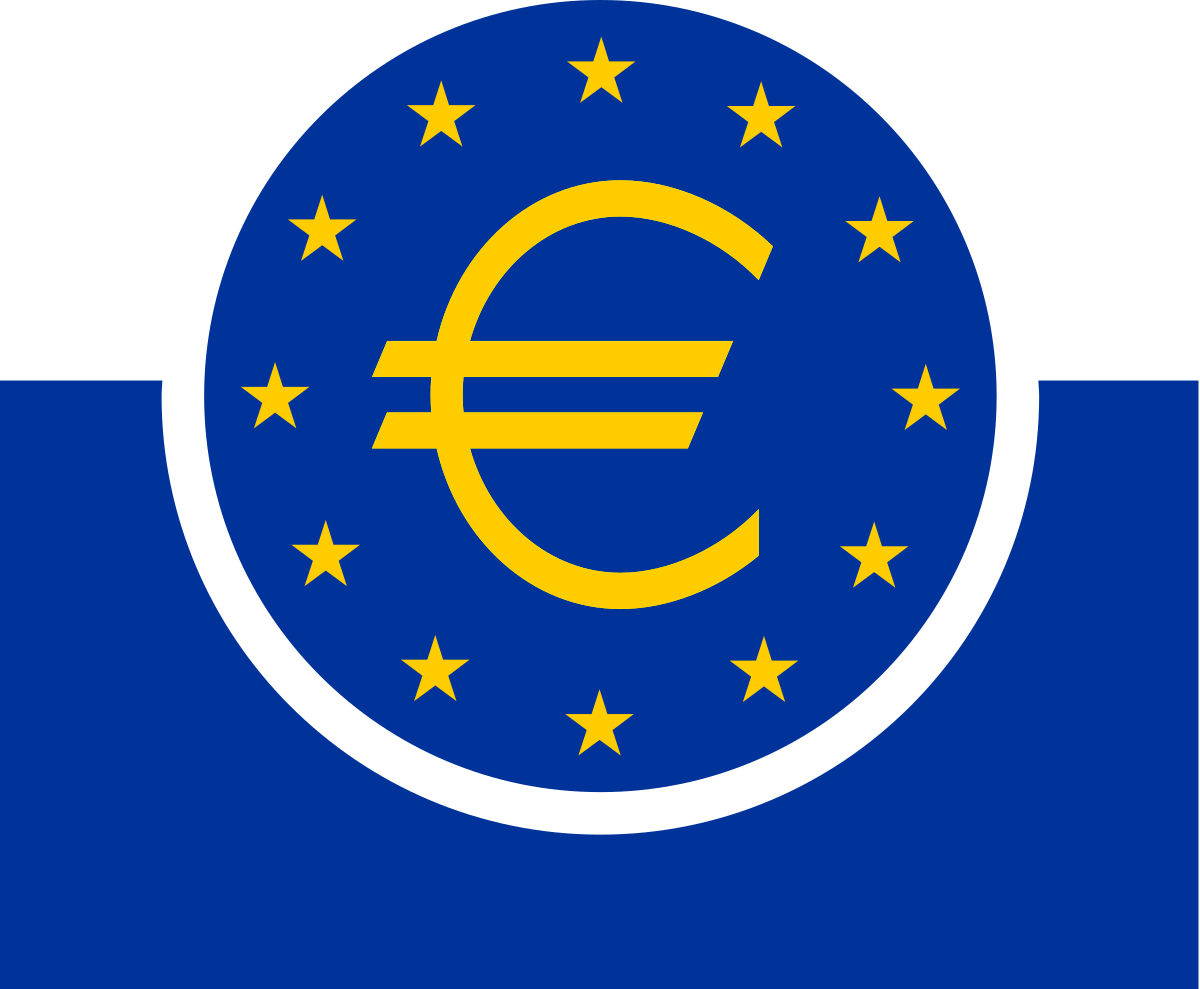ECB to set up June rate cut after rapid disinflation

The European Central Bank is all but certain to keep borrowing costs at a record high on Thursday but is likely to signal that a rate cut could come as soon as June, given a sharp slowdown in inflation and continued economic weakness. The ECB has kept interest rates steady since September but has already signalled that cuts are coming into view, with policymakers awaiting a few more comforting wage indicators before pulling the trigger.
The only complication could be if the U.S. Federal Reserve delayed its own policy easing, although even that might slow but not stop the ECB, given a widening gap in performance between the world's biggest economy and the 20-country euro zone. The currency bloc is now in its sixth straight quarter of economic stagnation and the labour market is starting to soften. Meanwhile, the U.S. economy continues to grow above trend, its labour market remains tight and inflation rose more than expected last month, raising the risk of price growth getting stuck.
"The ongoing discussion from Governing Council members on appropriate months for rate cuts, and lack of material pushback to this narrative, means that to not cut in June...would likely damage the ECB's credibility, given that a cut is already fully discounted by markets," Paul Hollingsworth at BNP Paribas said. Policymakers have pointed to a June cut in the 4% deposit rate so often over the past two months that investors consider it an effective pre-commitment.
But ECB President Christine Lagarde is likely to avoid any talk of what happens beyond June, especially as there is little consensus yet on how far and fast interest rates need to fall. Markets have priced in 77 basis points of cuts this year, or just over three moves, but these expectations have moved in a wide range.
FED IN SIGHT Fuelling rate-cut talk, consumer price inflation fell to 2.4% last month and could ease back to the ECB's 2% target before year-end, well ahead of the bank's own 2025 projection.
Meanwhile rapid wage growth, seen by the ECB as the single biggest inflation threat, is slowing, labour markets are softening, investment is weak and bank lending stagnant, all pointing to a further decline in price pressures. "We think the risk to our forecast of 75 basis points of rate cuts this year is skewed to the upside," UBS economist Reinhard Cluse said.
"Should wage moderation and disinflation in services prices gain pace over the coming quarters, we would not rule out an interim cut in October, which would bring total cuts to 100 basis points." Most economists expect the ECB to skip a meeting or two this year, possibly July or October, when it does not publish new inflation and growth projections, and for the ECB's deposit rate to eventually settle around 2%.
The Fed could also disrupt the ECB's plans, however. While the U.S. central bank is still keeping three rate cuts on the table for this year, markets are increasingly doubtful given the remarkable strength of the American economy and upside surprises in inflation. Cuts too close to November's U.S. elections might also risk fuelling accusations of political interference.
The ECB insists that it sets policy independently, but prolonged divergence with the Fed, which traditionally sets the pace for the global economy, could be counterproductive. Faster ECB rate cuts would weaken the euro and push up yields as funds flow across the Atlantic, so markets would simply undo some of the ECB's work.
A June rate cut would pre-empt the Fed in any case but the ECB will be careful not to get too far ahead in subsequent meetings. "The ECB can cut before the Fed and adopt a different frequency and magnitude of rate cuts, especially early on in the easing cycle," Deutsche Bank said in a note.
"As time goes on and conditions normalise, the role of interest rate differentials between the US and euro area will become relatively more important, and we could see the Fed's policy rate having more of an influence on the ECB."
(This story has not been edited by Devdiscourse staff and is auto-generated from a syndicated feed.)










